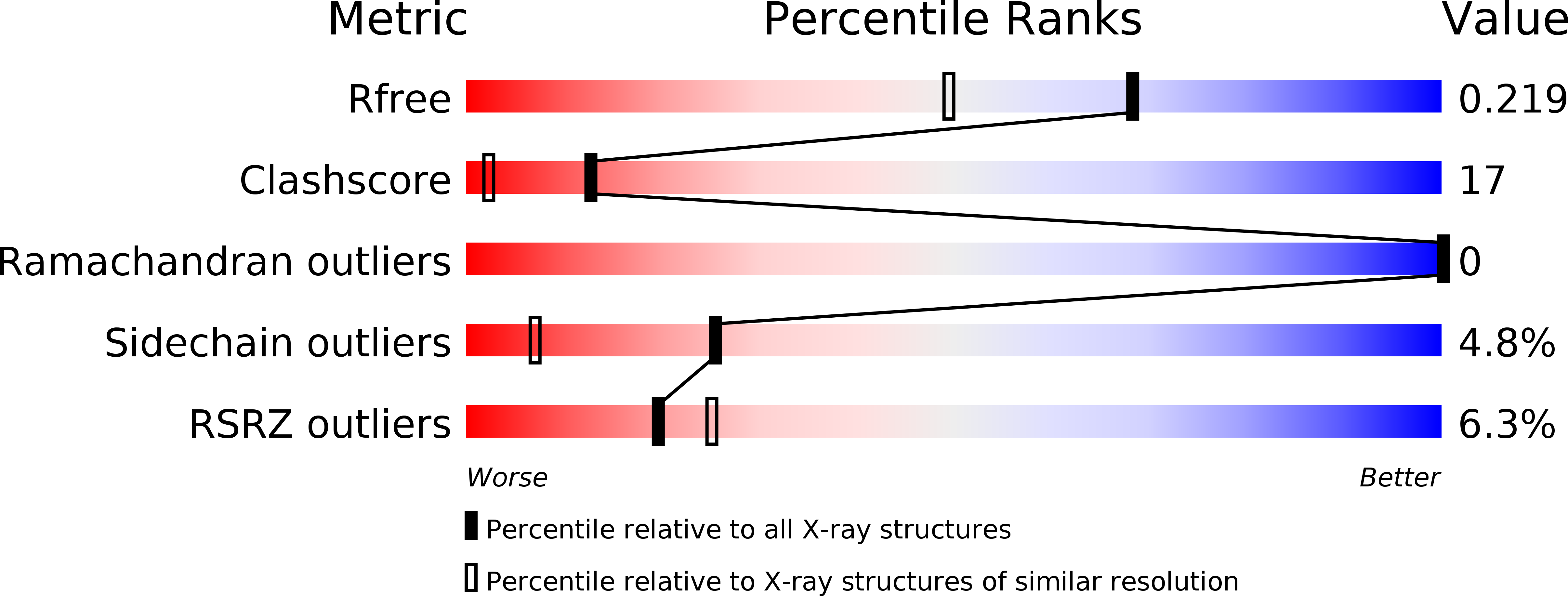
Deposition Date
2013-01-11
Release Date
2013-12-18
Last Version Date
2023-09-20
Entry Detail
PDB ID:
4IQH
Keywords:
Title:
Crystal Structure Analysis of Dysferlin C2A variant 1 (C2Av1)
Biological Source:
Source Organism:
Homo sapiens (Taxon ID: 9606)
Host Organism:
Method Details:
Experimental Method:
Resolution:
1.76 Å
R-Value Free:
0.21
R-Value Work:
0.19
R-Value Observed:
0.19
Space Group:
P 31 2 1


